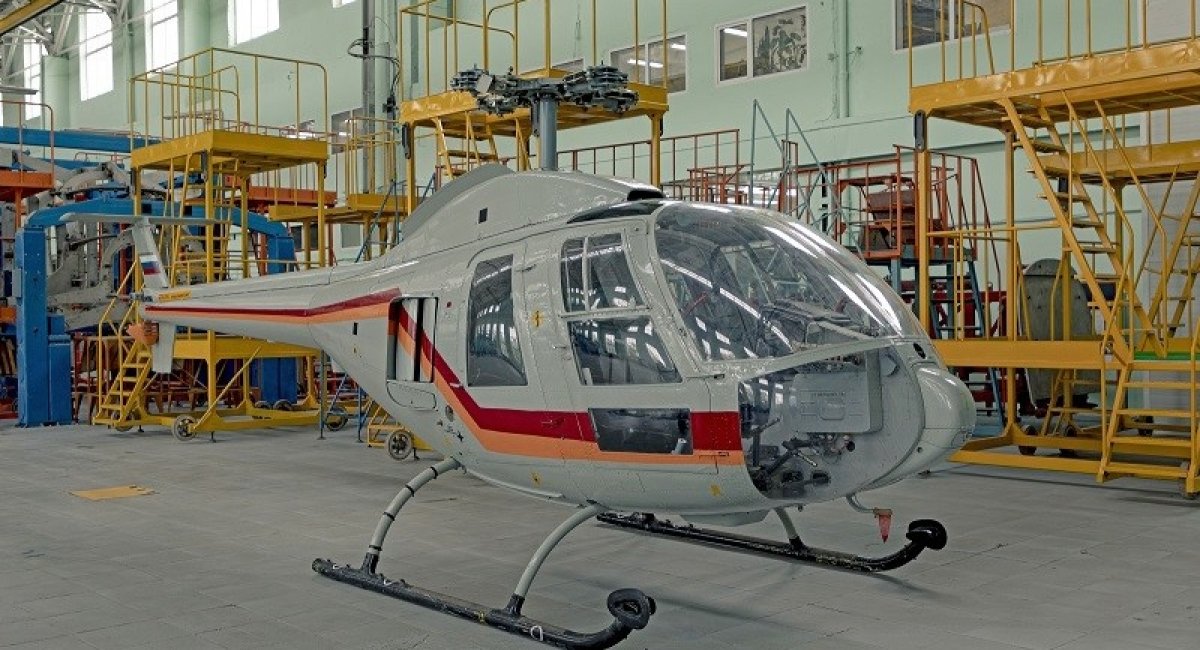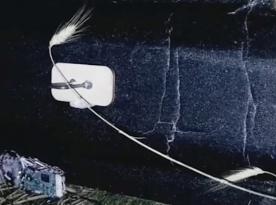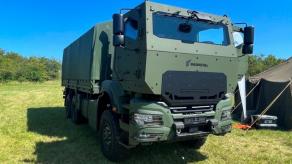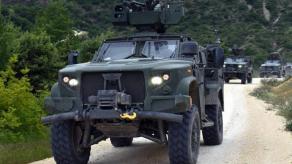The russian federation plans to restart mass production of the Mi-34 light helicopter at Kazan Helicopters, according to a russian business-themed media outlet. This initiative follows an order from russian Prime Minister Mikhail Mishustin, who, in August 2023, directed the search for a "domestic alternative" to Western light helicopters from Robinson, Bell, and Airbus Helicopters, which ceased supplying components to russia due to international sanctions.
Although Mi-34 is formally a civilian aircraft, this decision showcases an interesting approach to russia's so-called "import substitution" process, so let's take a closer look, step-by-step.
Read more: How Long it Takes to Make a New Gen Helicopter Engine Even for Two Big Manufacturers

To begin with, the Russian Helicopters JSC board of directors chose Kazan Helicopters for reopening Mi-34 production, an interesting decision since the company already has its hands full making three other helicopter models. The justification given is that Kazan Helicopters has its own experienced design bureau and the capability to quickly initiate the production of new rotorcraft types.
The next notable detail is how quickly the russians themselves expect the Mi-34 to enter production. The article does not provide a specific timeframe but one of the interviewed experts noted that "the deadlines are very tight," yet the VK-650V engine, integral to the updated Mi-34V, is still being tested and only expected to begin ground runs by the end of summer 2024.
There are still "loads of work ahead" until it's finished, the same expert says and anticipates that the deadlines will most likely be postponed further. Incidentally, earlier Defense Express pointed out how long it takes to make a new-generation helicopter engine even for two big manufacturers.
Read more: "Why russia Needs Helicopter Engines From Egypt, Pakistan, and Brazil"
The reason for the hurry is understandable: with sanctions in force, no maintenance and even such a factor as the lack of abroad training for technicians cause high accident rates associated with operation of civilian helicopters in russia.
Notably, one of the experts states that Western helicopters are still available through the gray market they have flown for 5 to 7 years at most, so they should have some durability to keep operating for some time. The problem is, these contraband helicopters and spare parts come at a cost usually 1.5 to 3 times higher than market prices.
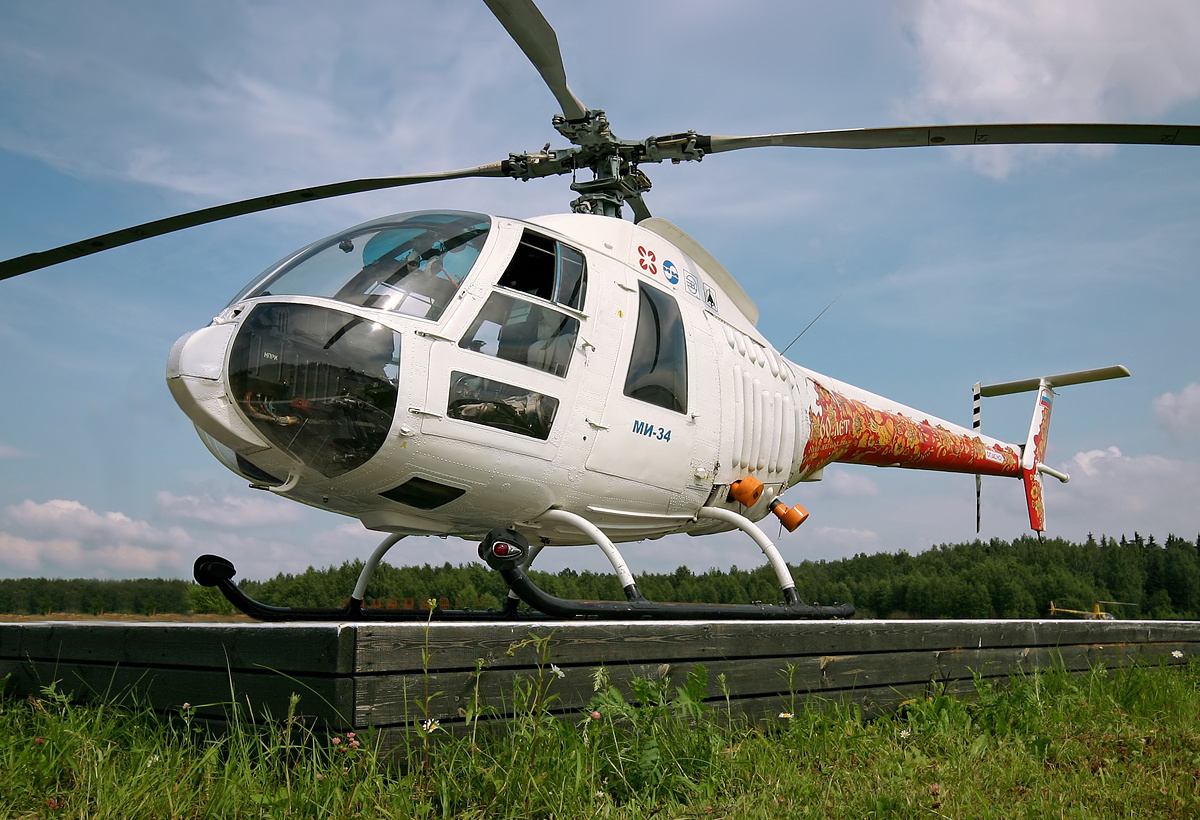
A paradoxical situation is that the government of russia had set the task of producing a domestic light helicopter for civil aviation without knowing its intended customers. The article expects the "potential" demand to be "extremely high," but provides no specifics.The choice to resurrect a helicopter designed in the 1980s raises questions, especially given its historical context.
The Mi-34's development began in 1980 as a replacement for the Mi-2 and Mi-8 helicopters used by DOSAAF, a Soviet paramilitary sport organization. Its maiden flight was in 1986, and serial production started in 1992. The plan was to make at least 400 Mi-34s to be sold to civilian users in russia and abroad. However, only 30 were produced, with Nigeria being the sole export customer due to lack of demand.
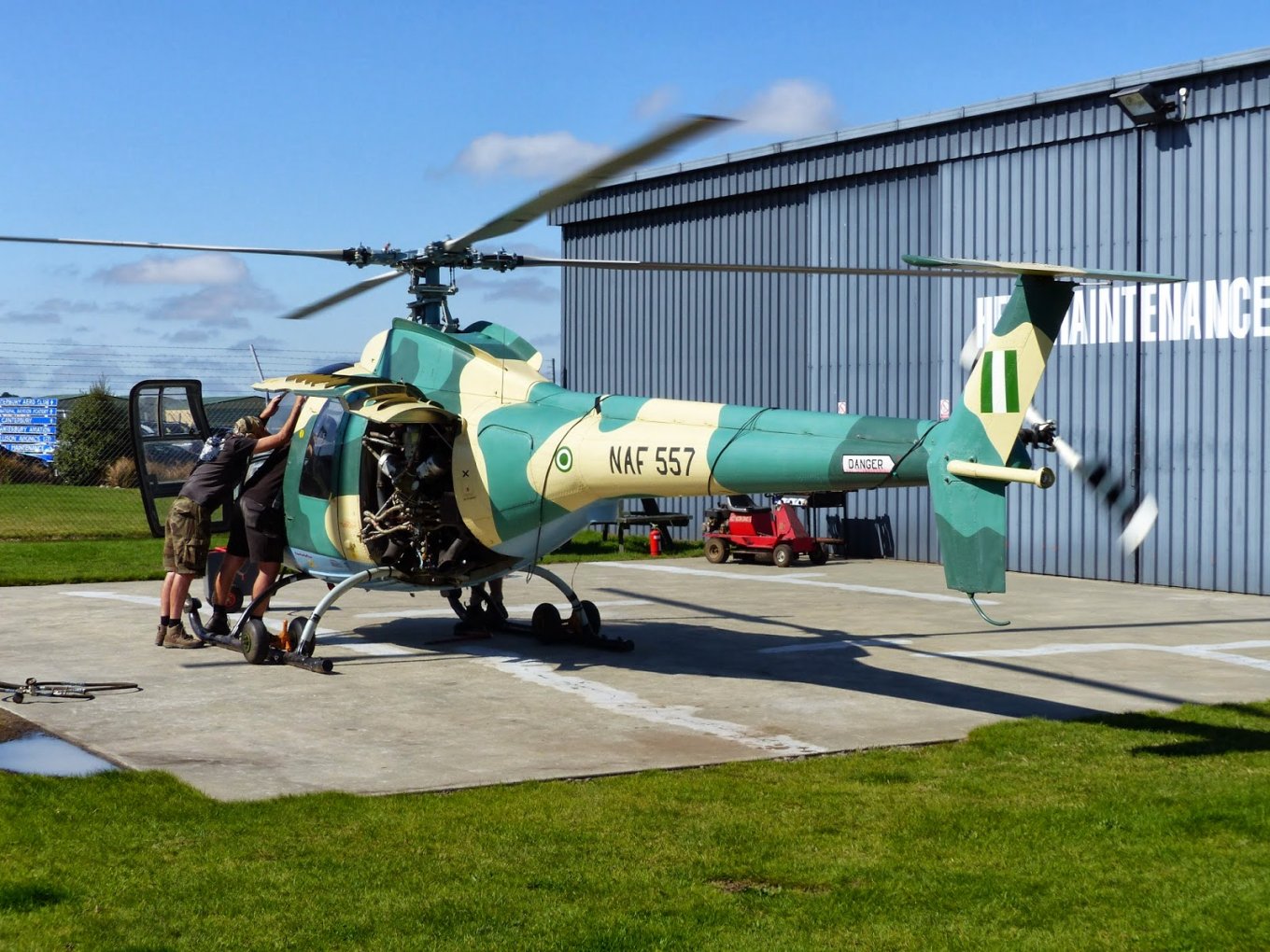
In the early 2010s, russia attempted to revive the Mi-34 project, developing two variants: the Mi-34S1 (with a piston engine) and Mi-34S2 (with a French Arrius turboprop engine). This effort stalled in 2012 when russia opted to import Robinson R44 helicopters instead, finding it more economical.
All in all, the decision to restart Mi-34 production reflects russia's strategy to reduce dependency on Western technology amid ongoing sanctions which in a similar way affect military aviation and industry overall.
But the chosen way to achieve independence even in such a niche as civilian rotorcraft meets a number of obstacles and no clear understanding of what the Kremlin is trying to achieve by reviving this decades-old project. Moreover, a clear discord is apparent with its own helicopter technicians: experts don't see much prospects for Mi-34 as it needs to be redesigned from scratch in order to integrate the new engine and become competitive on the market.

Read more: Decay of Aviation Industry Formalized in russia: No Engines, No Aircraft But with the Plan Fulfilled



